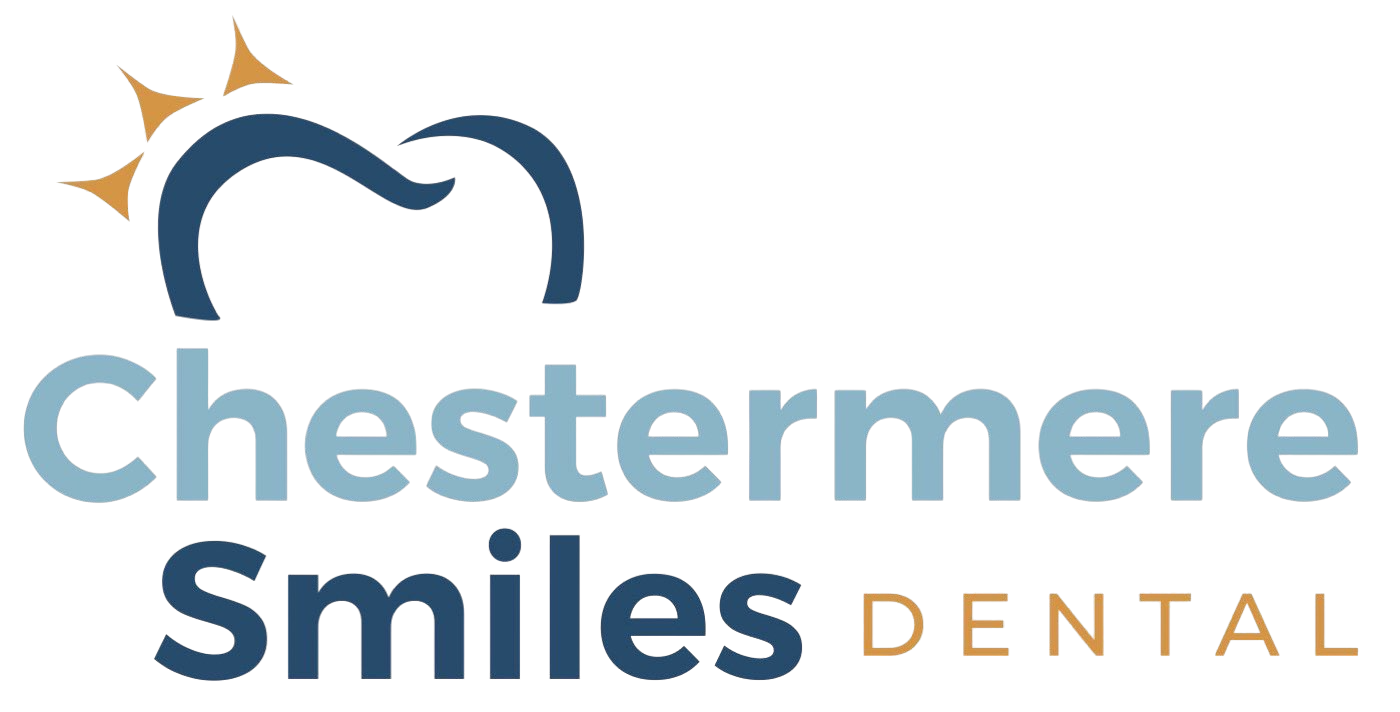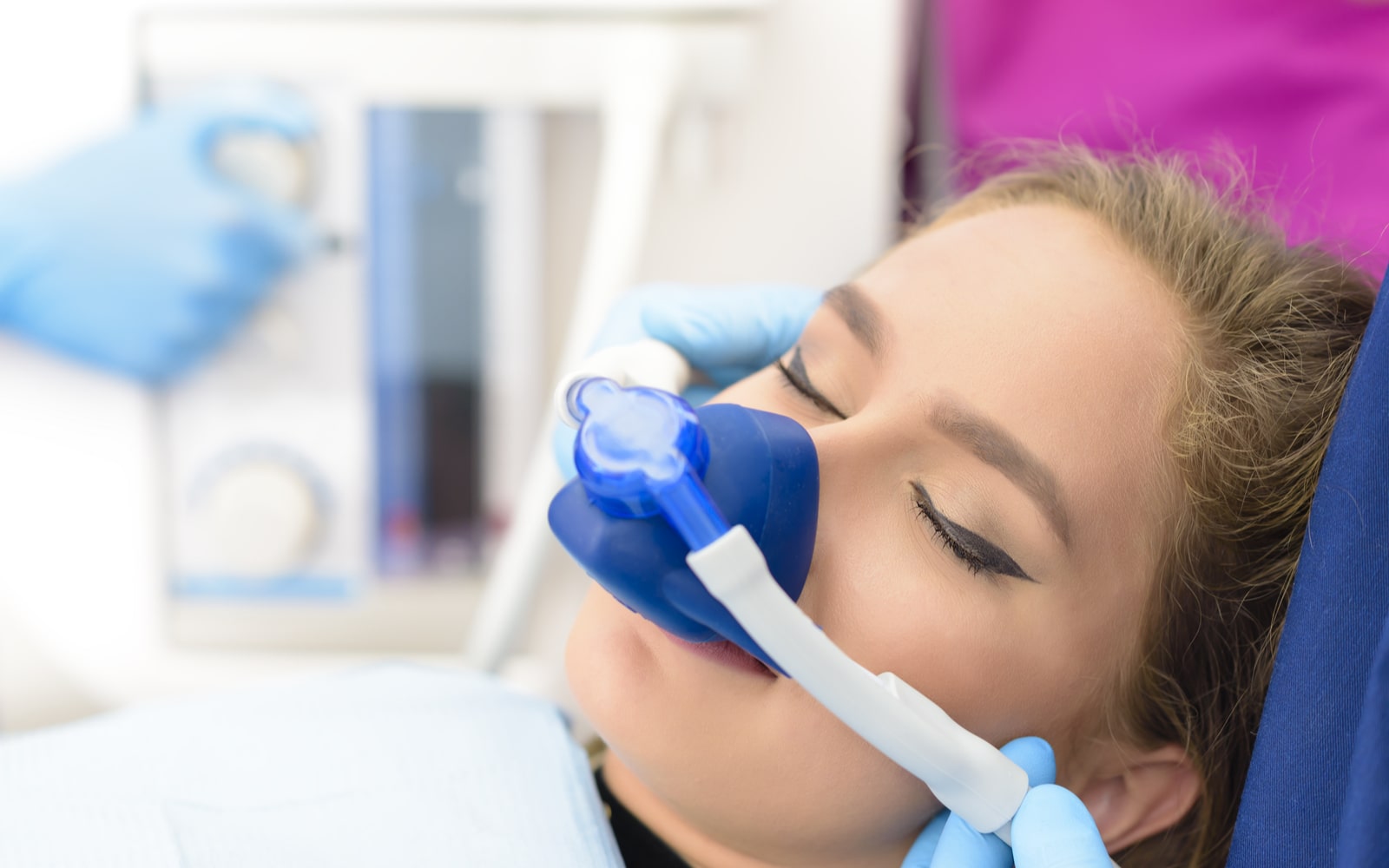Cosmetic dentistry is growing in popularity as more forms of treatment become available and more affordable to the average consumer. As a result of the growing availability of these treatments, more patients are asking about whether sedation dentistry is an option as part of cosmetic procedures. While the majority of these treatments are relatively painless, patients with dental anxiety may find a reason to be interested in being sedated throughout. For others, sedation is merely a way to make the experience less uncomfortable. Below we’ll touch on the kinds of sedation dentistry that are available and whether they’re appropriate for cosmetic dental procedures.
Different Types Of Sedation Dentistry And Their Use In Cosmetic Dentistry
Sedation dentistry is a technique that has proven to be extremely useful in various areas of dental practice. From patients who experience dental anxiety to children who have trouble remaining still throughout their treatment, many patients benefit from it each year. The most frequent use of sedation dentistry is for restoration procedures, particularly those that require more invasive forms of treatment. However, this technique is also helpful during many forms of restoration dentistry. While some forms of cosmetic dentistry can be performed without anesthesia or sedation, such as teeth whitening, the following can benefit from it:
- Crowns
- Tooth-Colored Fillings
- Crown Lengthening
- Gum Contouring
- Some Veneers
These cosmetic dental procedures do require some degree of anesthesia but can generally be performed without any kind of sedation. For dental clinics that provide sedation services, these treatments are often available using sedation. Crown lengthening and gum contouring, in particular, are popular options to use with sedation dentistry, as they are both forms of oral surgery.
For those considering sedation as part of their cosmetic dentistry experience, there are some significant advantages. It begins with making the process significantly more comfortable and relaxed and somewhat easier for the practitioner as well. Sedation merely helps the patient be calm and still throughout, rather than rendering them completely unconscious, in most cases. This means you can still provide feedback, follow directions, and ask questions throughout the procedure.
In cases where extensive cosmetic treatments are being done, such as those involving multiple dental implants, for instance, will general anesthesia be used. General anesthesia places the patient in a state of total unconsciousness. This means they will neither be aware of nor remember undergoing the procedure and thus will not experience any anxiety or discomfort during it.
Speak To Your Dentist About Sedation Cosmetic Dentistry
Sedation dentistry during cosmetic procedures isn’t an option that’s available through all dentists. In some cases, such as those diagnosed with dental anxiety, it may be possible to receive sedation dentistry through these treatments when not otherwise available. While most cosmetic treatments are not covered by dental insurance, it is available through some providers. In these instances, it would be sensible to speak to your insurance carrier and determine if sedation dentistry is covered with select cosmetic procedures. Contact your dentist and schedule a consultation to determine if sedation cosmetic dentistry is an option for you.


